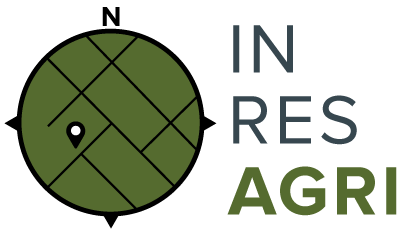In.Res.Agri Project
Investigating Resilient Roman Agricultural Landscapes in Southern Italy. An integrated and open IT approach to modelling centuriation through archaeology, remotely sensed data, palynology and ancient texts
The project In.Res.Agri, funded by PRIN 2022 and led by R. Brancato, aims to optimize and integrate knowledge related to Roman agricultural landscapes in Southern Italy, examining their resilience through the systematic collection of topographical, archaeological, environmental, and textual data. The resilience of agricultural landscapes will be studied in relation to various aspects, such as centuriation, infrastructure, and settlement systems. The project combines traditional and innovative research methods, utilizing the integration of Machine Learning and Artificial Intelligence techniques for the automatic detection of centuriated fields, spatial analysis of archaeological-topographical data, and the extraction of information from digitally annotated epigraphic and literary sources.
The collected data will be organized into an Open Data IT platform called DIGITAL_GROMA, which consists of three main modules: a digital archive, a WebGIS, and a repository. For analysis, case studies from Campania (Atella, Irpinia) and Puglia (Tavoliere) will be considered, and their data will help populate the digital infrastructure. The goal is to explore the relationships between the contemporary landscape, the Roman centuriation agroecosystem, and geomorphology, in order to gain a deeper and more detailed understanding of the resilience of agricultural landscapes in antiquity.

